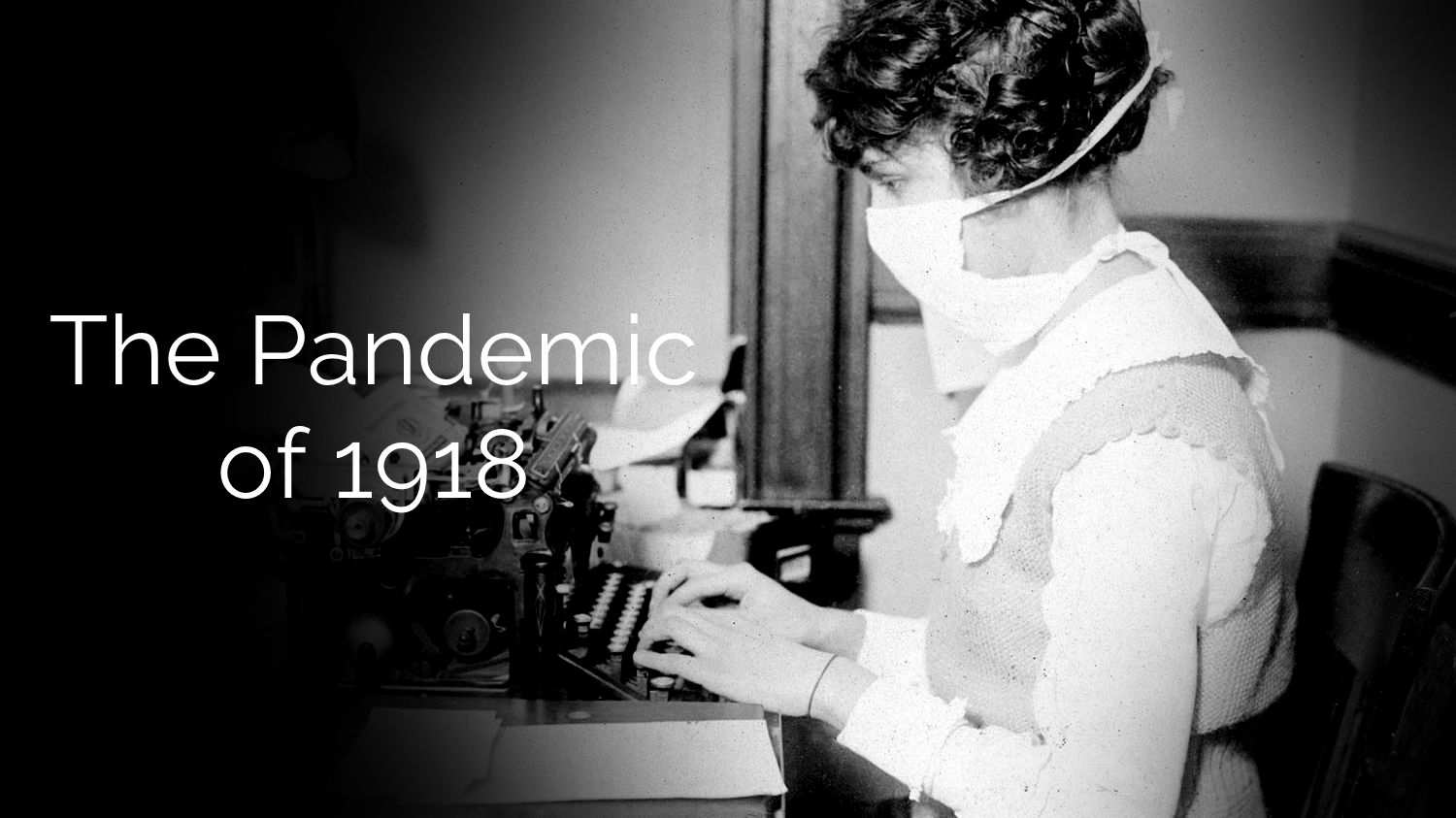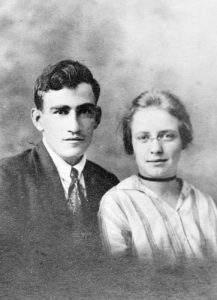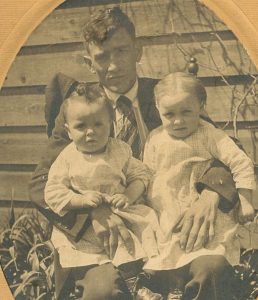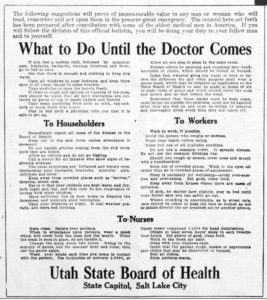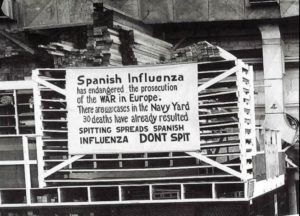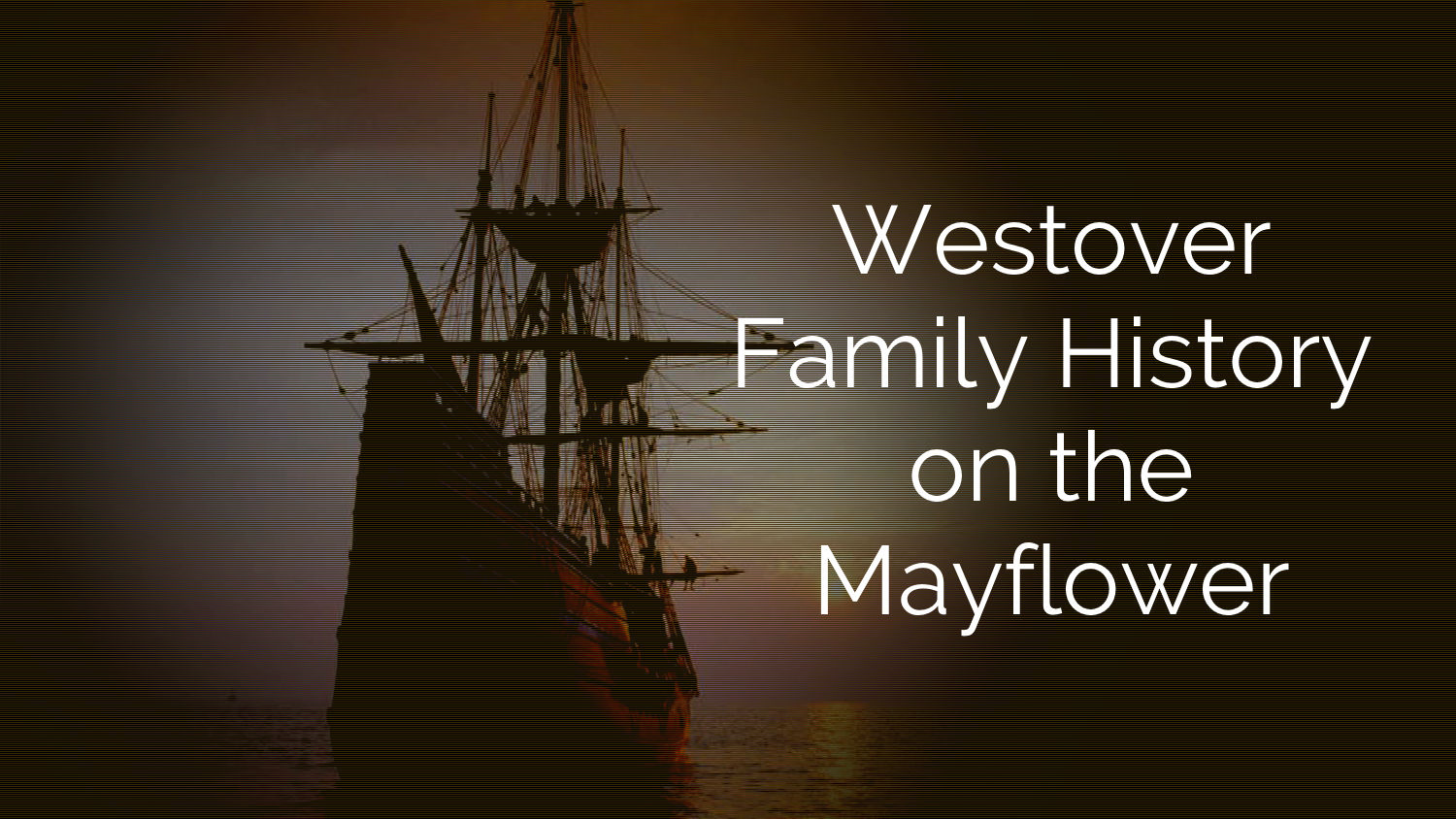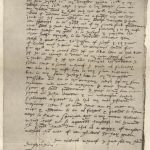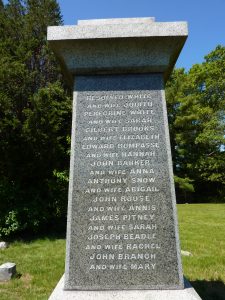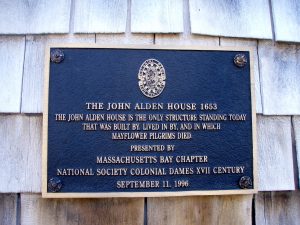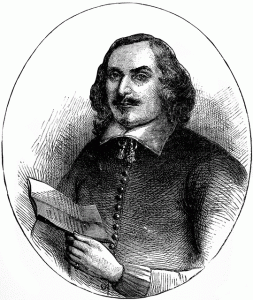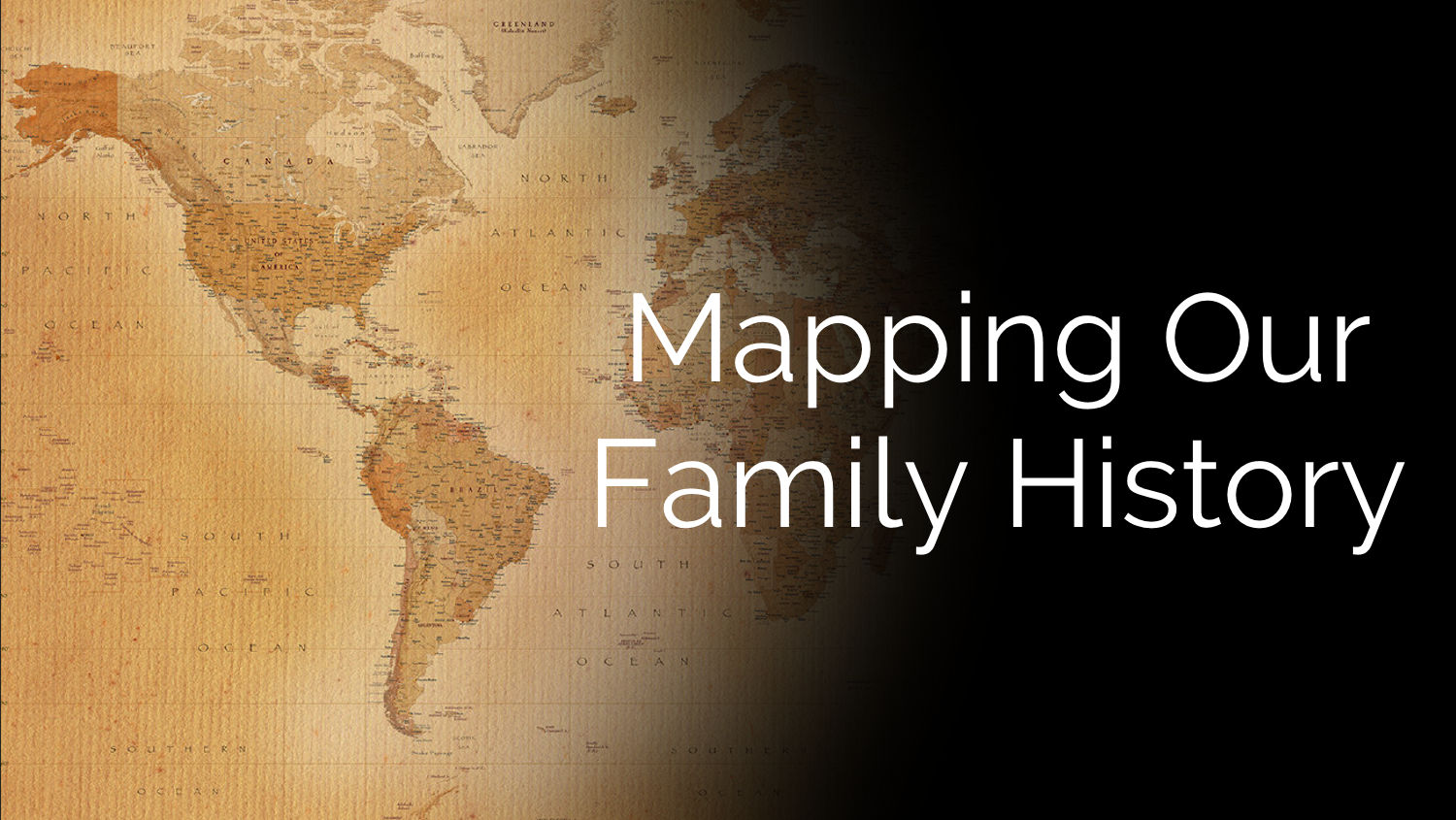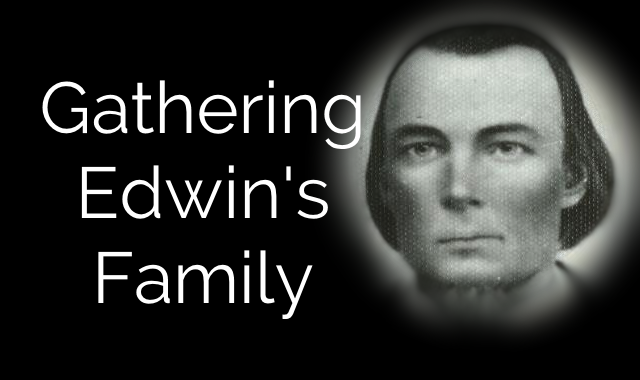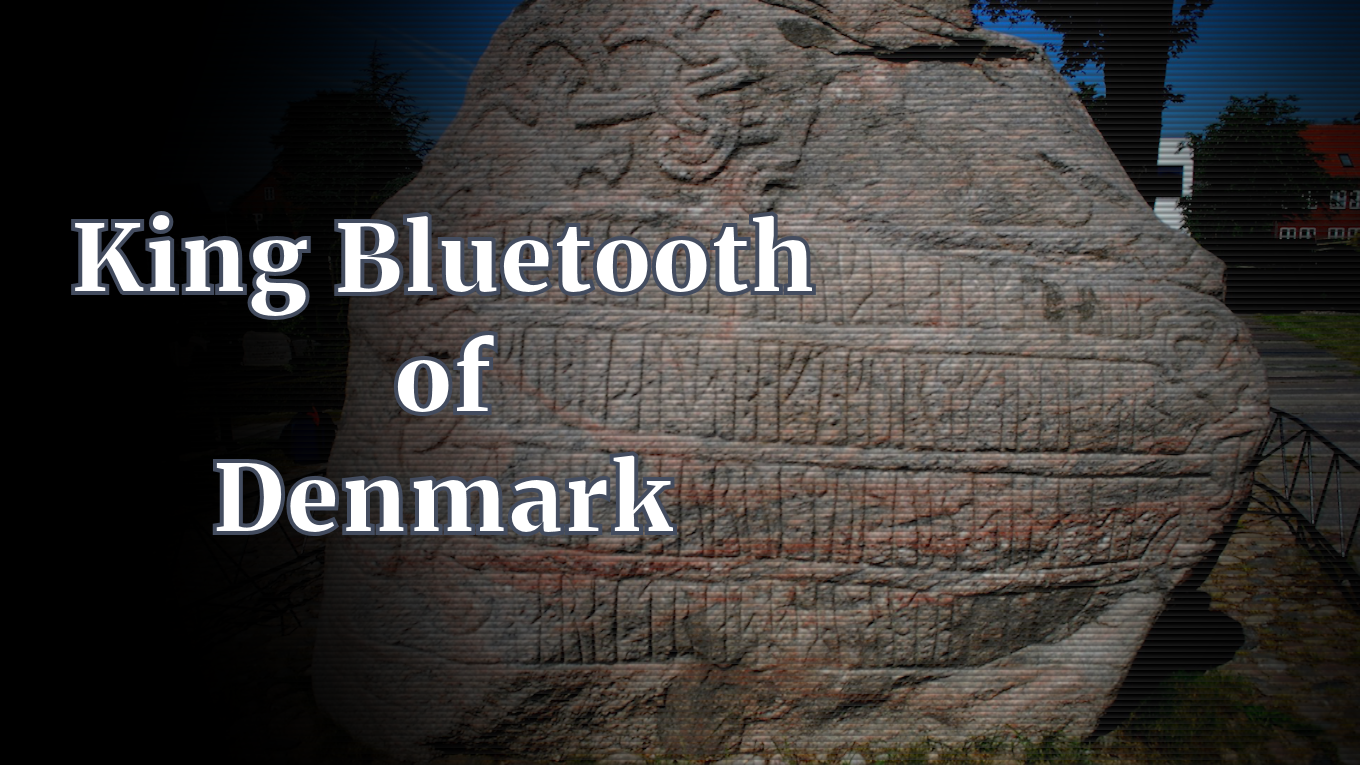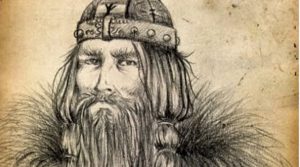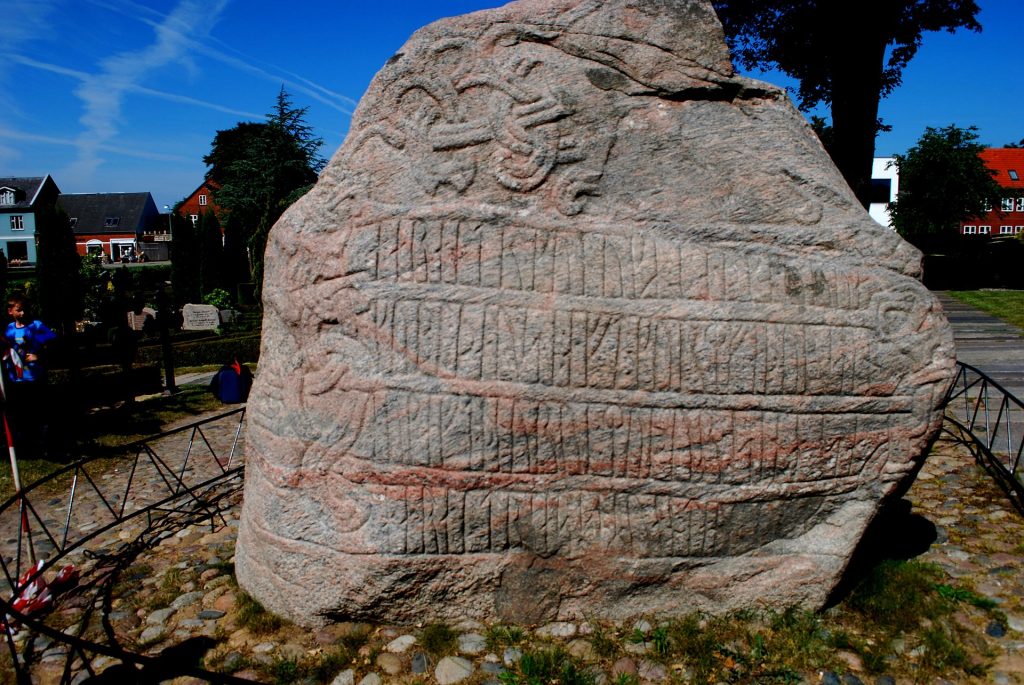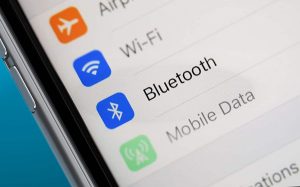Pandemics in Our Family History
January of 2020 will go down in history for the outbreak of what is called Coronavirus. As of this writing it is not yet a pandemic but it is expected to become so, despite a now worldwide effort to deal with the outbreak.
Will it have an effect upon our family?
It is a good question because such events in the past have actually changed the course of history for many families. It is the kind of event that can affect generations.
Such was the case with my great-grandmother, Susan Carson Welty.
Born in 1898, Susie, as she was called, was the first born of 11 children of Kit and Effie Mae Carson.She would marry Alfred Welty at the age of 17. Her first child, my grandmother, Winifred, was born in 1917 and her second child, Norman, would be born in November of 1918.
Susan Carson Welty died at the age of 20 just about a month after Norman was born in December of 1918. She died of pneumonia, an after effect of the Spanish flu, which was ravaging the world around that time.
According to the CDC, the 1918 flu pandemic was the most severe pandemic in recent memory. It began in January of 1918 and is estimated to have affected a third of the world’s population at the time. As it ran its course more than 50 million people died, about 675,000 in the United States.
Great grandmother Susan C. Welty was one of the those who died of the Spanish Flu. Her passing made a widower of husband Alfred at the age of 23, who would pass just four years later due to “causes of diseases”.
One of the hallmarks of the 1918 pandemic was its devastation to those ages 20 to 40 years of age, a very unusual thing for a usually healthy age group. Many died right after the onset of symptoms while others in the age group died later after long lingering affects took their toll.
It is difficult to imagine how much this pandemic affected nearly everyone.In America alone one in every three people contracted the flu. Complicating factors was that the flu actually came in “waves”, this first hitting in the winter and spring of 1918.
It subsided over the summer but then returned with a vengeance in the fall of that year.
It hit so hard that fall there was a national shortage of caskets and newspapers in nearby Elmira, New York were showing ads from the City of Philadelphia seeking embalmers for hire.
Newspapers blamed the spread of the disease on soldiers returning from Europe during the war. On September 27th it was announced that “all draft troop movements were deferred” due to the influenza outbreak.
There were, as there is now, a large variety of steps people could take to prevent getting the flu.
The City of Elmira Health Officer, Dr. R.B. Howland, warned against over-eating.
“People who are inclined to eat heartily are prone to colds and a cold may bring on influenza.” He also recommended more stringent measures in case of whooping cough, “the home must be placarded and the individual having the disease must wear a red band on the arm when outside the house the band to bear the words, “Whooping Cough.”
Articles began to run in the Elmira papers with headlines, “Spanish Influenza, What It Is and How It Should Be Treated.”
The Elmira Herald reported about Vicks Vapo-Rub, describing its origin and application, noting that Vicks was “comparatively new to New York State” and that over six million jars were sold the previous year. Catarrhal Jelly was promoted as was Horlick’s Malted Milk — “the diet during and after influenza.”
On Oct.15 the Herald announced, “The lid is on. Elmira is closed to prevent further spread of Spanish Influenza.”
The night before a “Quarantine Order” had been declared by the Board of Health. The Order read: “all theaters, churches and Sunday schools, public, parochial schools and kindergartens, public libraries and art galleries, pool and billiard rooms and bowling alleys, all places where public meetings of every name and nature including meetings of fraternal, social and labor organizations are held public and private dances, all public funerals to be discontinued, all business houses and mercantile houses in the City of Elmira to discontinue any special sales of any article or articles, that various hospitals restrict visitors, that people overcrowding street cars and that all persons refrain from visiting homes or other places where there is sickness.”
Street cars were to be fumigated and disinfected every 24 hours. “Coughing and sneezing in public places” were to be considered a “misdemeanor in the future” and would be “punishable by law.” The same was true for “the practice of visiting homes where there is illness.”
It was reported that since the quarantine went into effect on Oct. 15, Elmira was visited by 2,740 influenza cases causing 68 deaths and 155 pneumonia cases resulting in 20 deaths.
Elmira turned to celebrating the armistice and the joy of returning soldiers, but influenza lingered. On Dec. 13, 1918, the Star-Gazette reported that the “Board of Health realizing that Elmira is not free of prevalent disease orders that all homes having influenza patients be quarantined two weeks.”Susan Carson Welty died on 12 December 1918.
As the mortality rates soared, so too did the willingness to try something, anything, to save themselves and their loved ones from a horrible death.
While attempts to develop a vaccine against Spanish flu floundered, doctors pioneered other methods to care for its victims, from the “rooftop cure” where patients were exposed to the elements to an experiment with potassium permanganate on British public schoolboys.
From the apparently innocuous first wave during the early spring of 1918 to the escalating second wave of Spanish flu that gripped the world in the later months of the year, daily newspapers carried an increasing number of advertisements for influenza-related remedies as drug companies played on the anxieties of readers and reaped the benefits.
From the Times of London to the Washington Post, page after page was filled with dozens of advertisements for preventive measures and over-the-counter remedies.
“Influenza!” proclaimed an advert extolling the virtues of Formamint lozenges. “Suck a tablet whenever you enter a crowded germ-laden place.”
Another advertisement announced “as Spanish Influenza is an exaggerated form of Grip,” readers should take Laxative Bromo Quinine in larger doses than usual, as a preventive measure.
For those who had already succumbed, Hill’s Cascara Quinine Bromide promised relief, as did Dr. Jones’s Liniment, previously and mysteriously known as “Beaver Oil” and intended to provide relief from coughing and catarrh.
Demand for Vick’s VapoRub, still popular today, was drummed up by press adverts warning of imminent shortages: DRUGGISTS!! PLEASE NOTE VICK’S VAPORUB OVERSOLD DUE TO PRESENT EPIDEMIC.
Americans were informed that it was their patriotic duty to “Eat More Onions!” as part of a “Patriotic Drive Against the ‘Flu.’ ”
An American mother took this suggestion to extremes, and fed her sick daughter syrup made from onions before wrapping her in onions from head to toe. Fortunately, the outcome was successful and the child survived.
Conventional medical advice for the treatment of influenza included morphine, atropine, aspirin, strychnine, belladonna, chloroform, quinine, and, disturbingly, kerosene, which was administered on a sugar lump.
Alongside these, folk remedies thrived. If a product from the drugstore failed to alleviate the symptoms, many patients and their families turned to more traditional methods.
One popular remedy in South Africa was to place a block of camphor in a bag and tie it around the patient’s neck. One eight-year-old girl, who was taking no chances, announced that she was wearing a camphor bag around her neck “to keep off the Germans.”The practice was so widespread that, over half a century later, an elderly South African lady in a nursing home, who had survived the 1918 outbreak, refused inoculation against the 1969 epidemic of Hong Kong flu. “Not for me,” she maintained. “I still have my camphor bag.”
In North Carolina, young Dan Tonkel had taken to wearing a bag of asafetida around his neck, in the belief that the stinking extract would protect him. “It smelled to high heaven,” he recalled. “People thought the smell would kill germs. So we all wore a bag of asafetida and smelled like rotten flesh.”
In Philadelphia, Harriet Ferrel was rubbed with tree bark and sulfur, and forced to drink herbal teas and take drops of turpentine and kerosene on a lump of sugar. Harriet was also subjected to the asafetida treatment but was philosophical: “We smelled awful, but it was okay, because everyone smelled bad.”
Robert Graves’ “Welsh gypsy” housemaid had an even more unusual form of protection, consisting of “the leg of a lizard tied in a bag around her neck.” She was the only person in the Graves household who did not develop Spanish flu.
Whiskey had always been a traditional remedy for colds and influenza, and whiskey prices soared in the United States during the epidemic.
In Denmark and Canada, alcohol was only available by prescription, while in Poland brandy was regarded as highly medicinal.
One brave soul in Nova Scotia recommended fourteen straight gins in quick succession as a cure for Spanish flu. The result of this experiment was unknown; if the patient had survived he had doubtless forgotten the proceedings entirely.
In Britain the Royal College of Physicians stated that “Alcohol Invites Disaster,” a conclusion which was ignored by many. The barman at London’s Savoy Hotel created a new cocktail, based on whisky and rum, and christened it “the Corpse Reviver!”
In the universal panic of the Spanish flu epidemic, many believed that the air itself was poisonous.
One woman in Citerno, Italy, sealed up her house so effectively that she died of suffocation.
Lee Reay of Meadow, Utah, recalled one family who sealed their house up. They plugged keyholes, sealed the windows, and even closed the dapper on the stove.
Roy Brinkley’s father, a sharecropper in Max Meadows, Virginia, decided that fresh air could be fatal during the epidemic and sealed up his wife and four children in one room. The family spent seven days sitting around the wood-burning stove until it caught fire. As his family fled the house and took refuge in the vegetable patch, Brinkley was convinced that the fresh air would kill them. For the rest of his life, Roy remembered a sudden rush of fresh air and the sight of cabbages, as big as washtubs. But, once outside, the entire family soon recovered.
The all absorbing nature of the pandemic was felt by family all over. No part of the country was spared. For most, public life kind of stopped as gatherings of all types were avoided.
In Mendon, Utah, the funeral for Ann Findley Westover was limited to just 15 minutes and attendance by only healthy individuals. The town history of Mendon mentions her funeral as a particularly unjust event that denied “Sister Westover” a proper memorial.
For the Westovers in Rexburg, who were no strangers to the effects of viruses in their history, the little community saw the flu arrive with the fall weather.
While the local paper reported that there was “no occasion for panic” due to the flu the article went on to justify the town’s quarantine. Schools, churches, movie theaters and all public gatherings of every kind were prohibited.
It was during the time that little Verle George Westover, third son of Arnold and Mary Ann, was born. He would live only six months. It is not known if the family ever caught the flu or if it was a contributing factor in his passing.
If records of past health emergencies existed I am sure we would see how such events affected other members in our family.
It is not known for sure but the devastating events of 1714 to the Westover family in Simsbury, Connecticut was likely caused by a disease. Prevalent at the time were fights against small pox.
In 1713-1715 all of New England suffered from a nasty outbreak of the measles. Thousands died, especially children.
Whatever it was that caused the sadness of May 1714 with the Westovers fully affected future generations. Lost during that event was Jonah Westover, Jr, who was by then patriarch of the Westover family.
His three youngest sons – Jonah, Nathaniel and John – were taken in by his brother, Jonathan Westover, who would raise them as his own and with his own after he married a few years later.
Whatever happens with this new Coronavirus – whether it spreads or fizzles – has the potential to affect family going forward for generations.
Will we be quarantined? Many don’t think so but to 11 million people so far in the city of Wuhan, China that is already a reality.
Will there be a variety of advertised cures? Will there be profiteers emerge on account of the crisis?
No doubt. We already seen ample evidence of that on social media.
Such is the stuff of life. Such is the stuff of family. We are not really immune from the disease or the societal reaction to it.
Our past generations have been tested by it. Chances are we will be as well.

